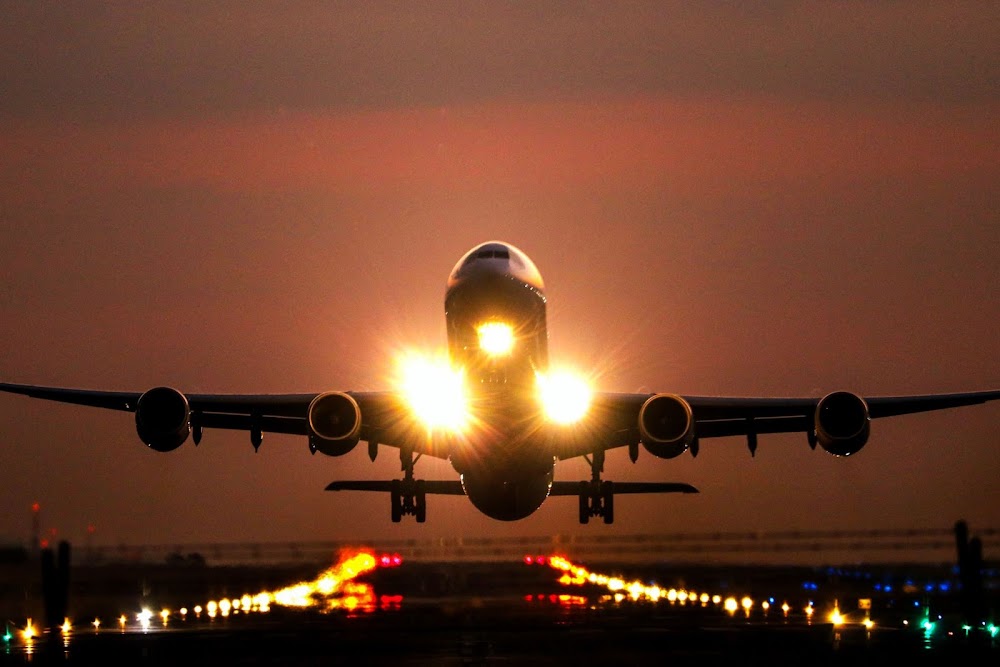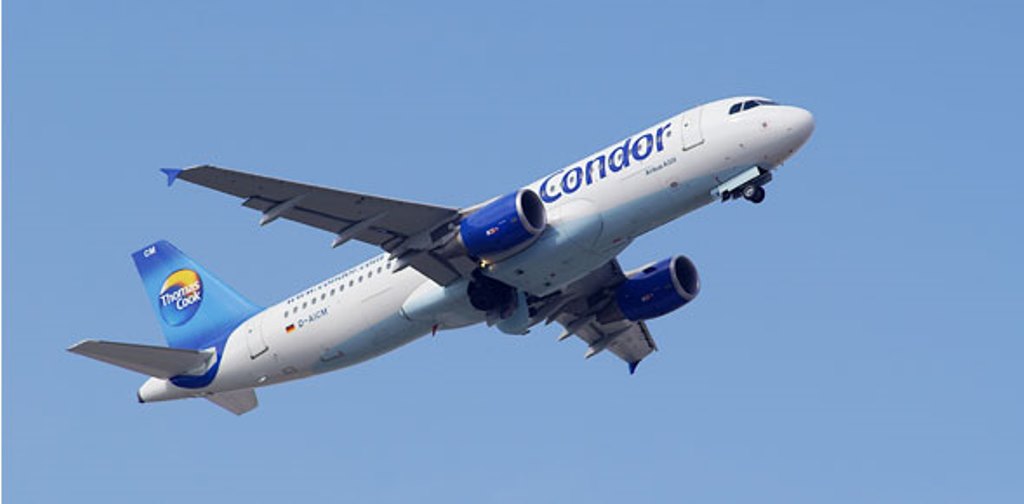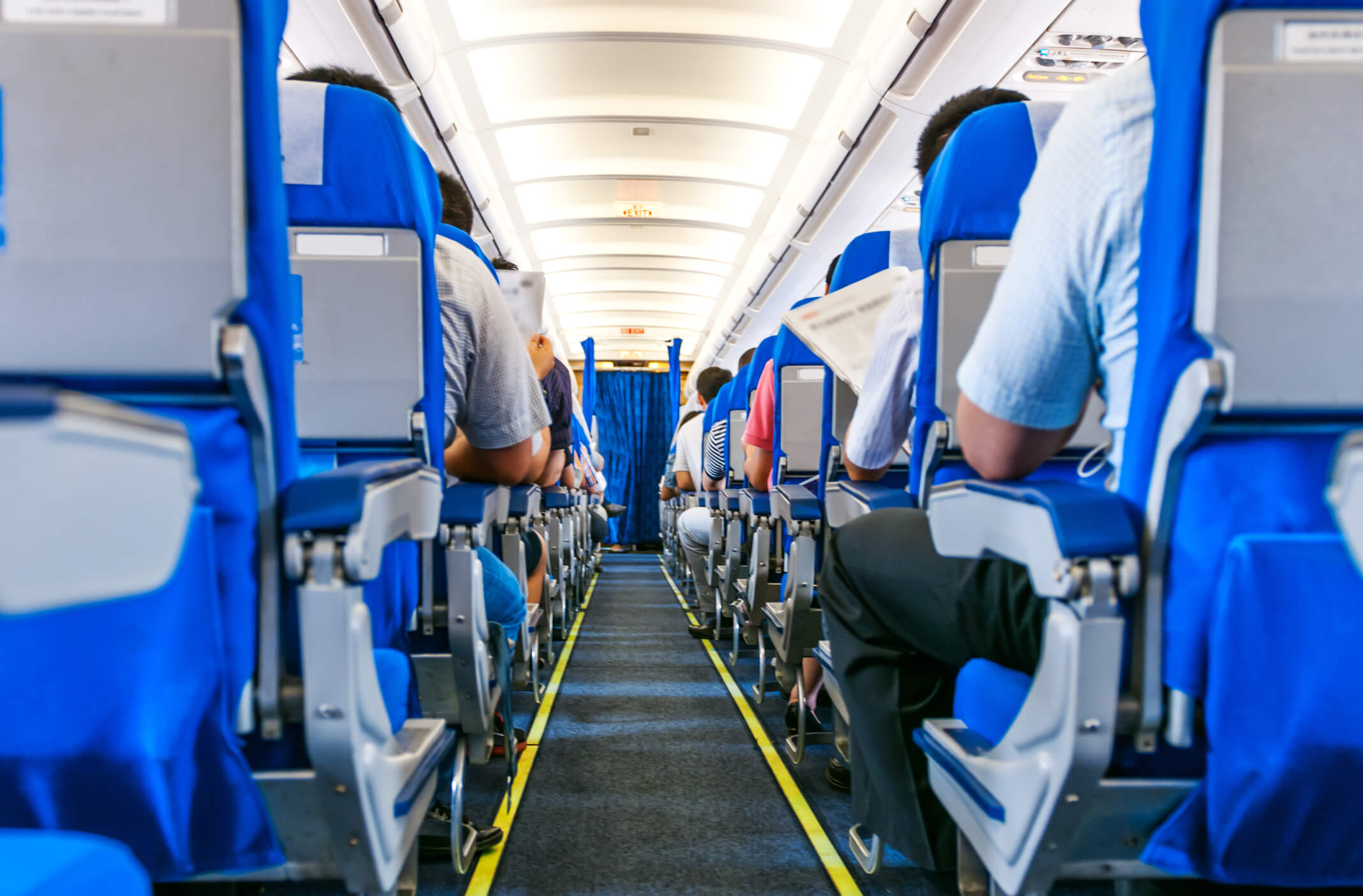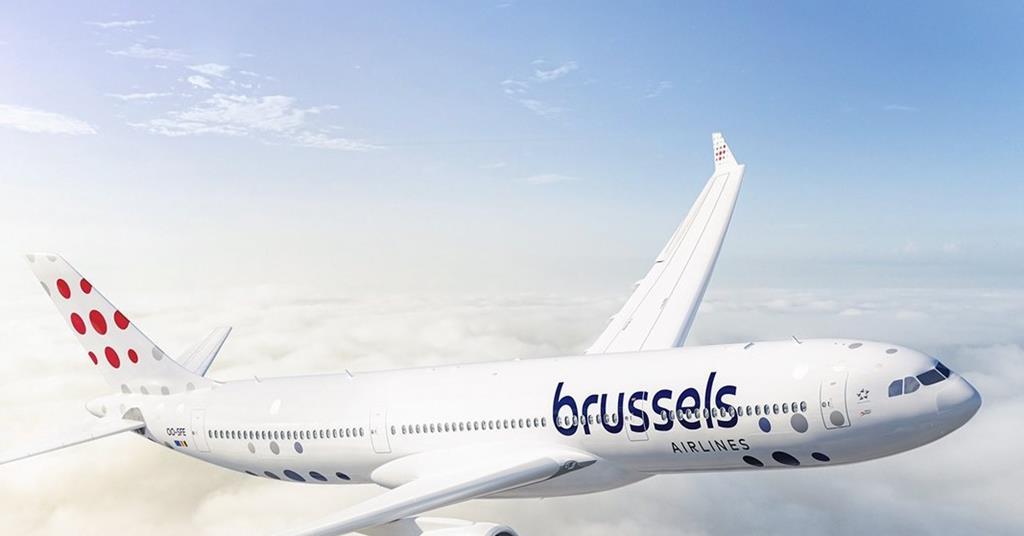Over the next two decades, Africa’s jet fleet is projected to more than double to 1,550 aircraft, when Africa’s population is forecast to hit 2.17 billion.
In so doing, it will surpass the fleets of America, India and China combined, according to data from the International Air Transport Association (IATA).
The growth will come on the back of significant growth in airline passenger numbers.
IATA shows major airline markets in Africa had already outperformed their 2019 levels in terms of origin-destination (O-D) air passenger traffic by Q2 of 2023, thanks largely to domestic market recovery and outperformance.
Nigeria recorded the highest growth in passenger numbers, adding 52 per cent more compared to the pre-pandemic levels.
Egypt, Ethiopia and Morocco came in second, third and fourth place, with 33 per cent, 31 per cent and 13 per cent growth respectively.
While Algeria and Tunisia also recorded growth, they experienced lower performances at 3 per cent and 5 per cent more traffic compared to 2019 figures.
The only exception was South Africa, which recorded 3 per cent fewer passenger numbers (below its pre-pandemic levels), attributed to economic challenges in the country.
Some 44 per cent growth between 2022 and 2023 has also helped a recovery in international traffic to and from Africa, now just 11.8 per cent off pre-pandemic levels, with a full recovery expected by year-end.
Data from IATA projects the number of commercial aircraft deliveries is approaching 30 in 2023. This is a far lower than the 50 deliveries in 2019- its peak year – but off the lows of around 20 deliveries over the last two years.
“African airlines are increasing their number of new aircraft units, which might be a sign of an anticipated full recovery by the end of this year” said IATA in its quarterly Air Transport Chartbook.
Three African carriers have either announced delivery or have plans for long-term expansion also covering 2023.
Ethiopian Airlines is looking to increase its fleet size from 140 aircraft to 271 by 2032, with a mix of narrow-body and wide-body planes. It has its eyes firmly fixed on Boeing’s bigger aircraft.
RwandAir expanded its fleet in March with its third long-haul aircraft from Airbus, while South African Airways said in May it had received the green light from the government to expand its fleet by six.
Carriers said all these projected new fleets will allow them to expand their seating capacities for regional and domestic routes and increase flights to Europe, the Middle East and Africa.
Over the last two months, African airlines have been recording steady growth in capacity – which rose by 27.4 per cent in July- making Africa the only region to experience capacity growth outrun traffic demand, according to IATA.
According to Boeing’s Commercial Market Outlook 2023, Africa’s air traffic growth is forecast to rise some 7.4 per cent, which is above the global average of 6.1 per cent.
Domestic passenger traffic is seen as quadrupling in 20 years on rapid population growth and urbanisation within the continent.
Source: The-star.










